We work with a lot of clients who need countertop sourcing for renovations and new builds. And when it comes to countertops, the questions is always “Which one is the best?”
We honestly respond back by whichever one meets your household needs best.
Some households require more durable countertops than others.
Some households are willing to put in the maintenance and daily care that a soft stone requires. Some households simply want a certain look, whether it be natural stone or pattern consistency of quartz.
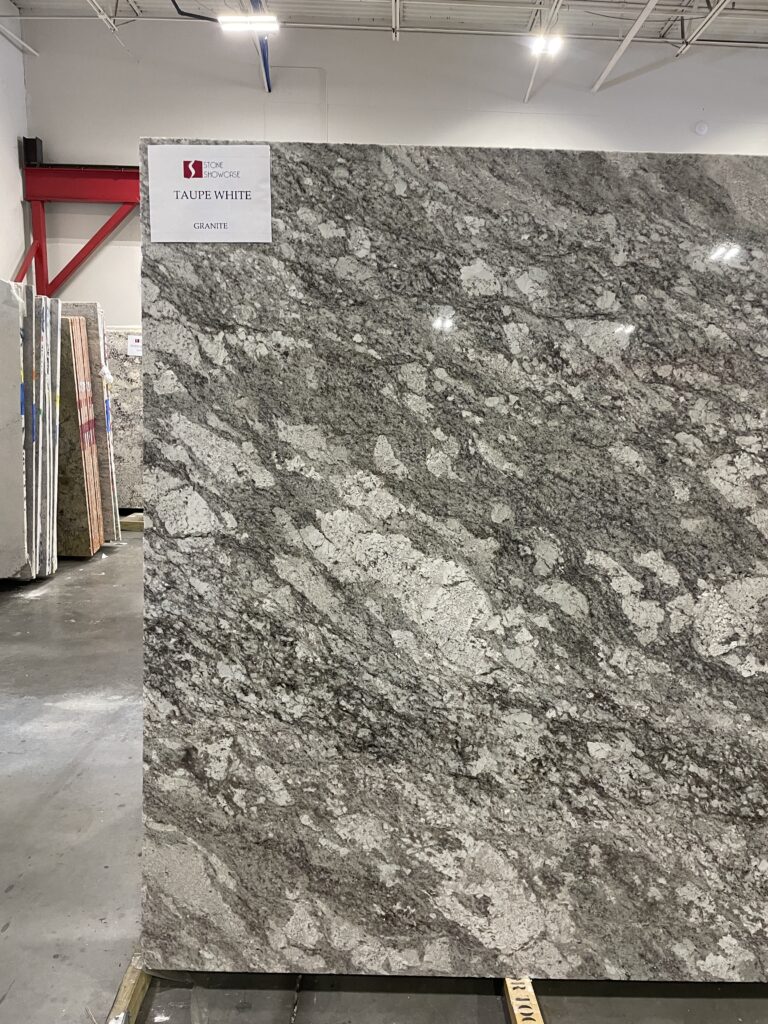
We always accompany our response back with which material we think will be most beneficial based on our in-depth study of the project. But also an educational piece on the pros and cons of countertop selections.
From a heavy traffic golf club bar top to an outdoor as well as indoor kitchen.
Recently we have sourced several granite slabs for clients.
Below is the information we are sharing with our clients.
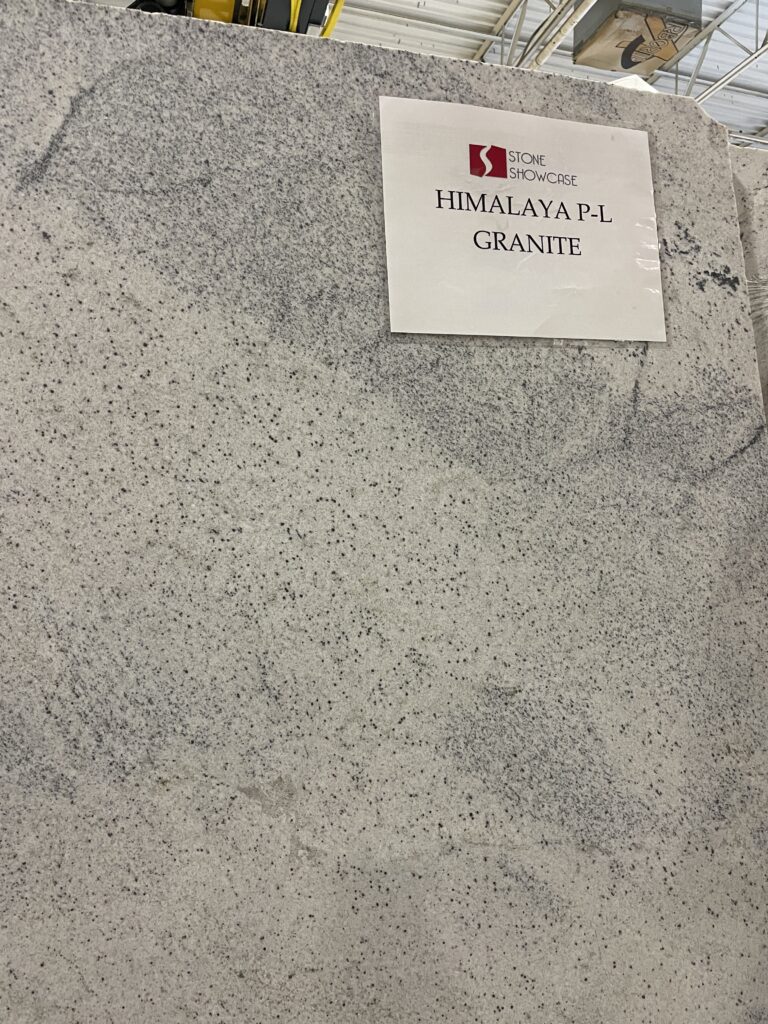
Granite has been widely used in new construction and renovations for lots of years now. And while some may argue that it has been overused, we still love granite.
If you fall into the category of “over granite”, we encourage you to step foot on a slab yard and out of big box retail shops. Visiting a slab yard will give you the opportunity to see more than just the speckled standard options of big box retail shops.
Granite comes in all different colors and with all different movement patterns. No matter what your color pattern, you might just find a granite slab that meets more than you were expecting.
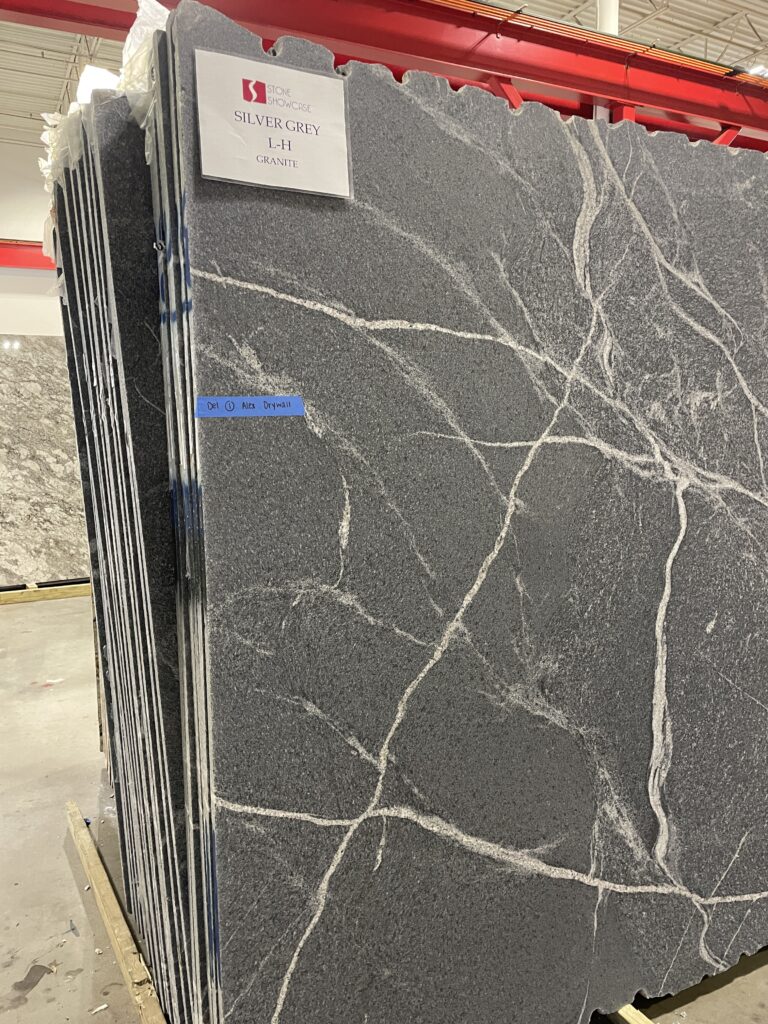
Here are some of the benefits of granite:
Natural Stone: comes straight from the earth
Multiple Color Patterns/Options: freedom to think outside the box with complimenting colors
Readily Available: hundreds of slabs can be pulled from a single quarry
Durable: extremely hard to break
Long Lasting: if taken care of can last up to 100 years
Suitable for indoor and outdoor use
Finishes include: polished, honed, leathered and flamed
Multiple edge finishes
Minimal Maintenance: needs to be resealed every 1-5 years depending on care of stone.

Here are some of the downsides of granite:
Each slab is unique, which can limit selection if you need more than one slab or if you are looking for a countertop that has consistent predictable pattern movement.
Granite is difficult to damage, but if it does get damaged it is difficult to repair
Fissures may show if not properly filled by quarries
Seam visibility may be more prevalent due to the natural veining and difficulty matching up
Needs resealing to maintain stain resistance and keep bacteria from collecting in the stone
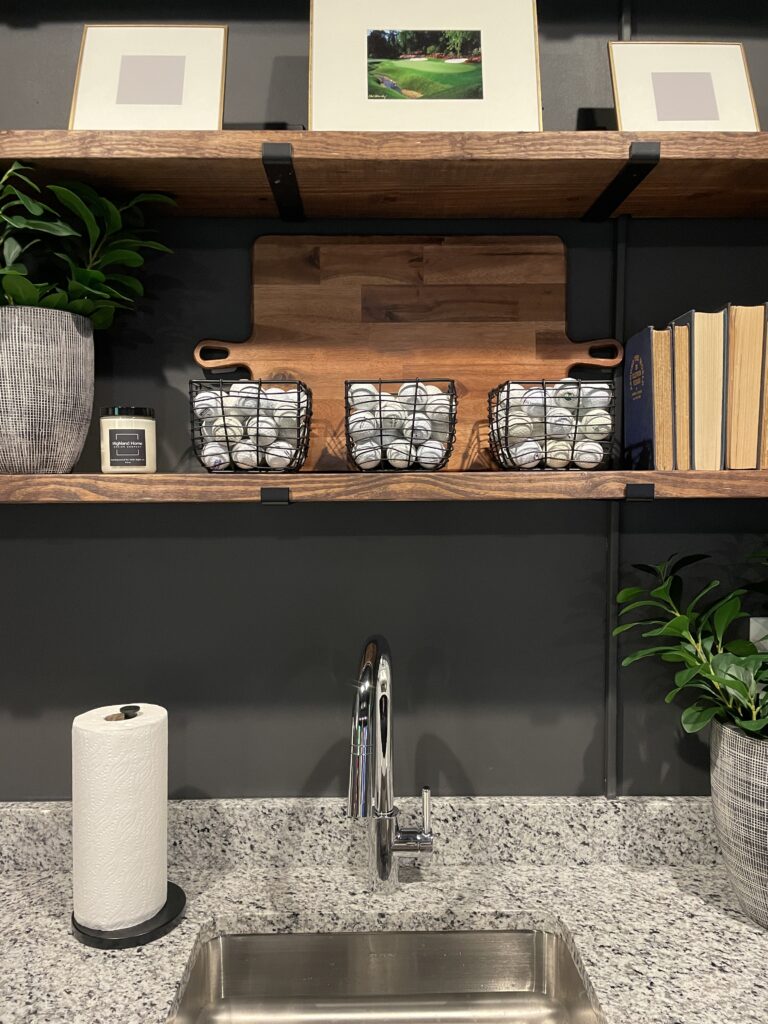
The number one question clients ask about granite, “How often do I need to reseal my granite?”
A lot of that depends on the finish selected.
We always recommend our clients follow the manufacturer’s suggestions specific to their granite selection.
For those with a polished finished, this simple water test might serve as helpful tool.
Pour a quarter cup of water on a few areas of the counter. How long does it take the water to absorb. If it less than five minutes for the water to absorb into the stone, then the stone needs to be resealed.
Granite countertops can be resealed professionally or by the homeowner.
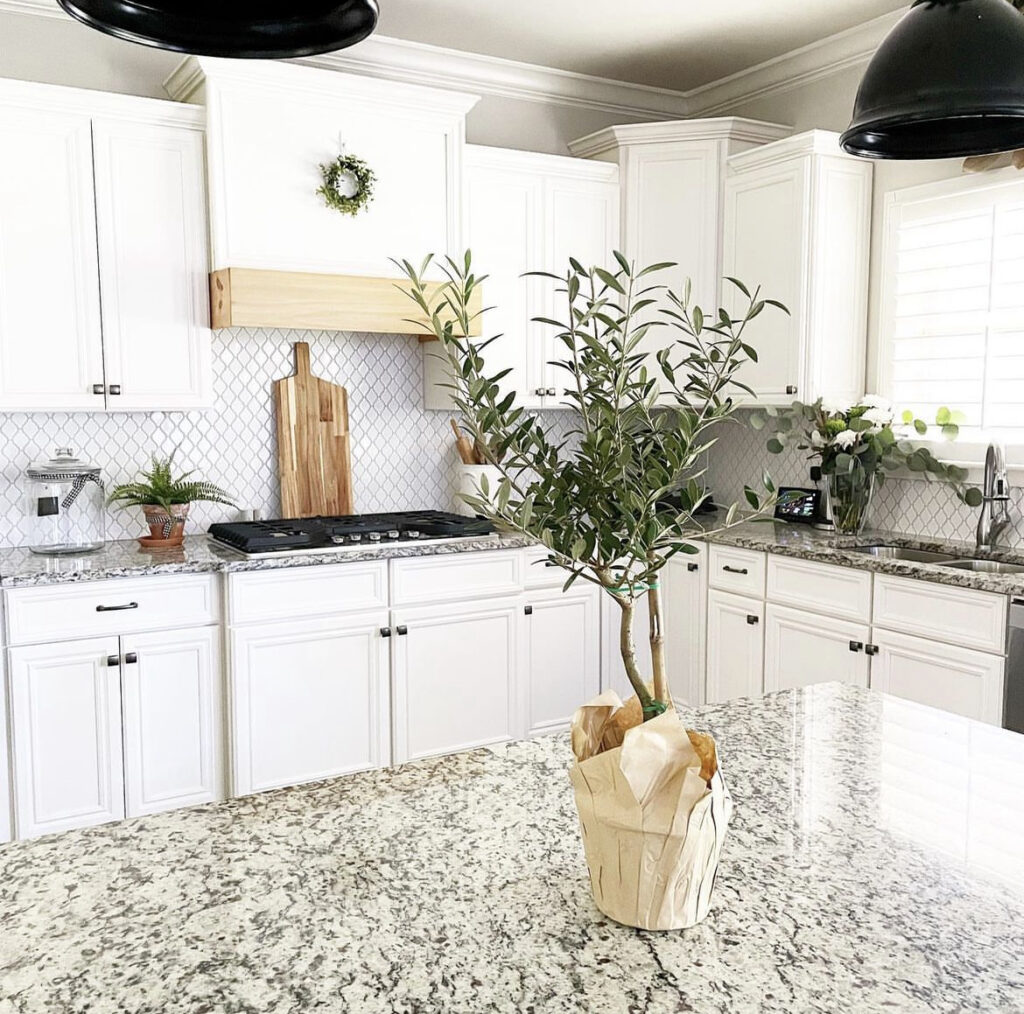
We hope this post has been helpful as you make your decision on which countertop is best for your project.
If you have questions, drop them in the comments below. We will answer to the best of our knowledge.
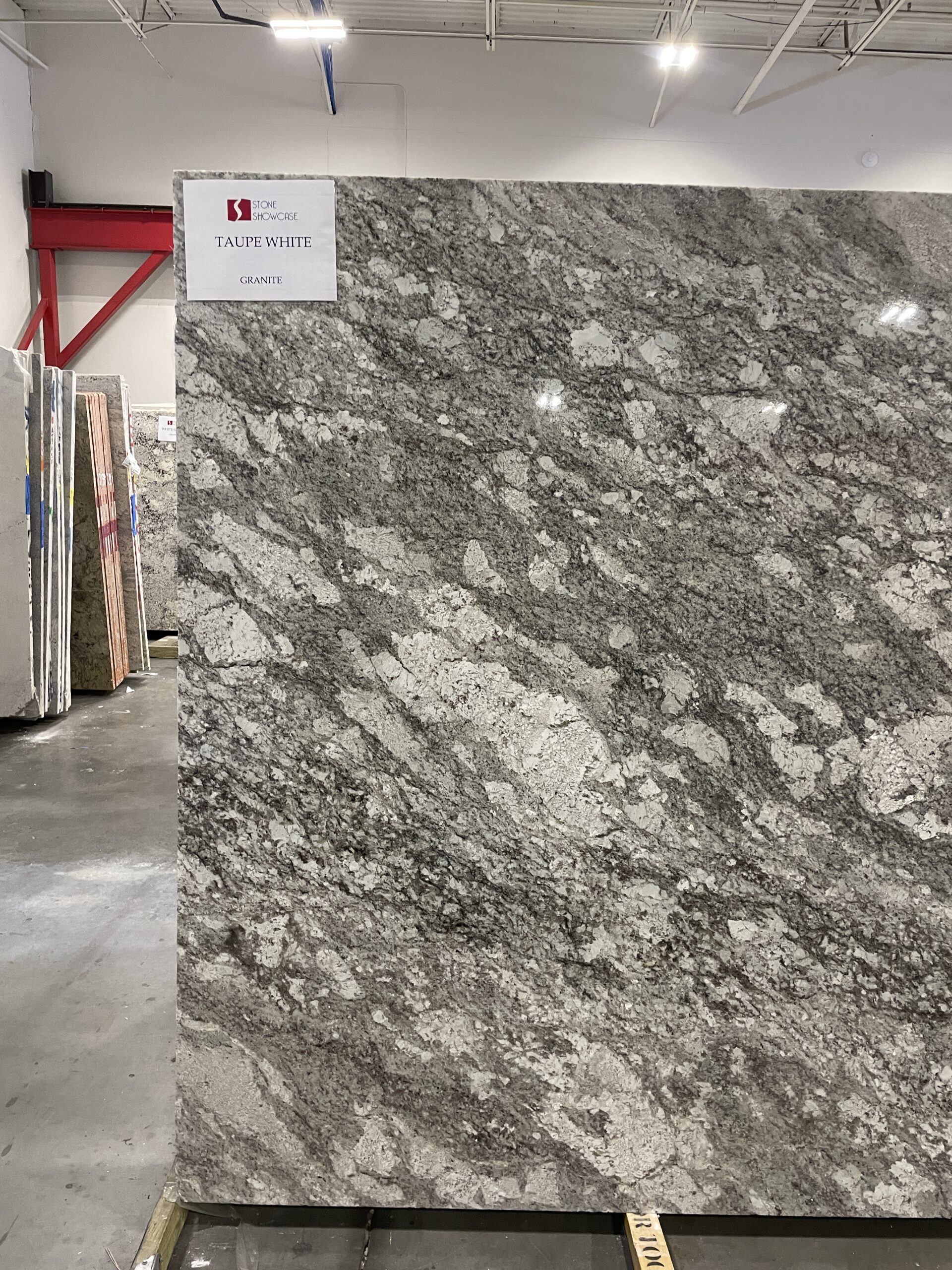
leave a comment